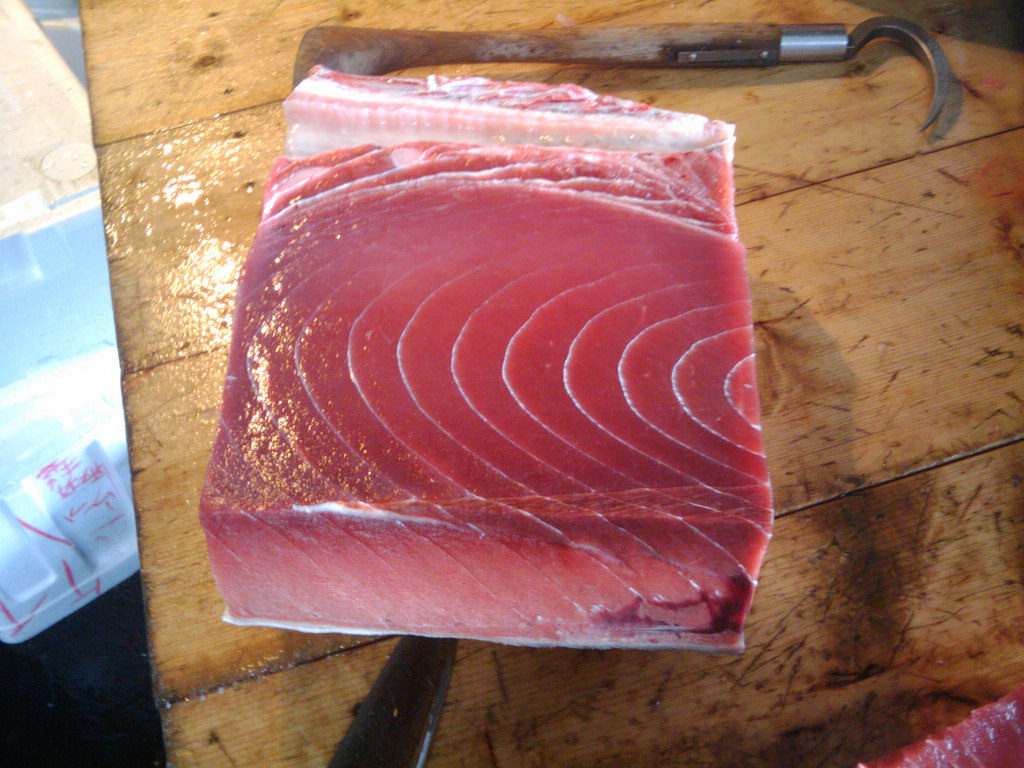
Tuna is perhaps the most popular seafood. We eat it out of a can, we splurge on high-end sushi, and we prepare it in many other ways. Some species of tuna are over-fished and some fishing methods are unsustainable. As concerned consumers, we would like to know what sort of tuna we are eating.
One way we do this is to buy tuna that is certified as sustainably caught. Quite often, this certification comes from the Marine Stewardship Council or MSC. However, recently there has been concern about the fishing practices that are allowed by the MSC.
There is a practice called compartmentalization, which allows fishermen to catch fish by both sustainable and non-sustainable methods on the same boat. The unsustainable portion of the catch is then separated from the sustainable portion on board the vessel. Consumers are then supposed to be assured that they are making a sustainable choice by selecting fish from the sustainable catch.
How does this even work? The sustainable tuna are caught with nets while they are free-swimming. The non-sustainable fish are lured to the boat with fish aggregating devices, which are instruments that attract all sorts of marine life, and are then netted. The problem with using FADs to catch fish is that they are associated with high levels of bycatch – the inadvertent catching of all sort of other marine creatures as well as juvenile tuna.
Why do they do this? Because there is not yet enough of an economic advantage for companies to make only sustainable catches. It is more expensive to fish sustainably because fisherman have to find the tuna instead of waiting for it to come to them.
So, at the moment, sustainability certification is not as reliable as one would like.
**********
Web Links
Here’s why your sustainable tuna is also unsustainable
Photo, posted April 3, 2010, courtesy of Nick Richards via Flickr.
‘Is Sustainable Seafood Sustainable?’ from Earth Wise is a production of WAMC Northeast Public Radio.
Leave a Reply